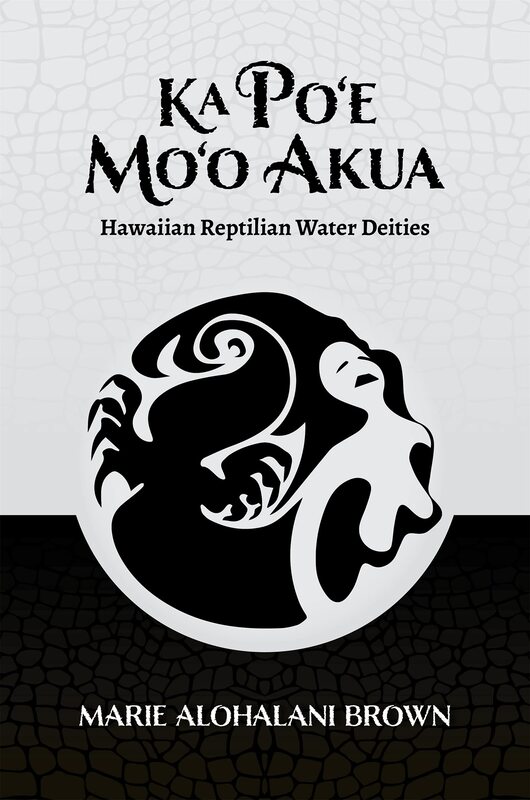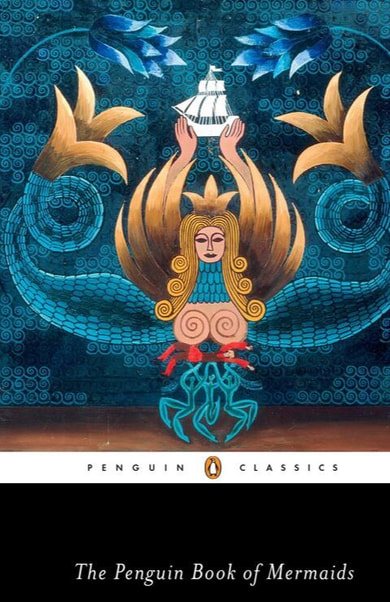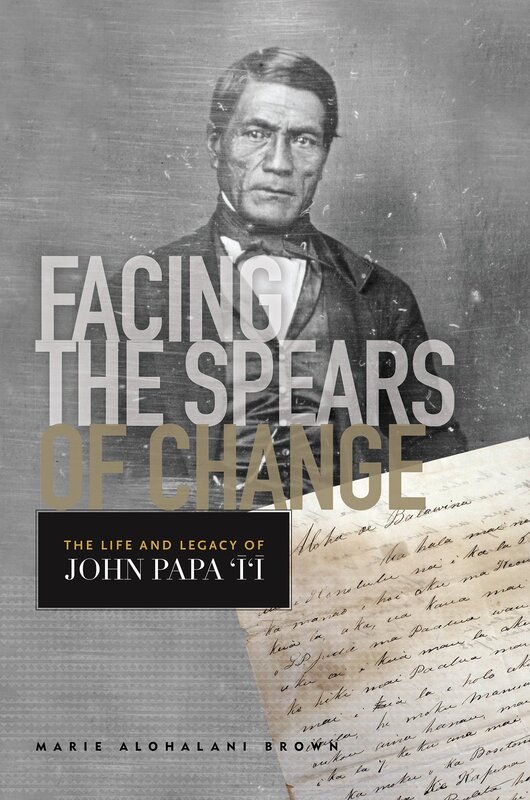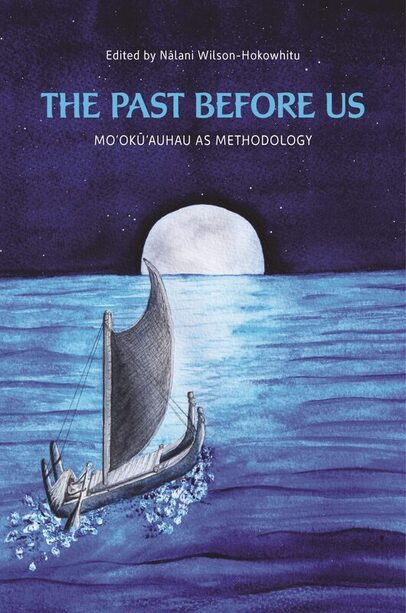DESCRIPTION
January 31, 2022 by University of Hawaiʻi Press
Reptiles are a global phenomenon—snakes, crocodiles, alligators, and lizards are found in most parts of the world. Revered or reviled, across place and time they have held and continue to hold a prominent place in the religions or cultures of many peoples. Whether land or water dwellers, or a bit of both, they have slithered, glided, crawled, and climbed their way through the human imagination and into many belief systems. Collectively, supernatural reptiles may be entirely reptilian, humanoid, composite creatures, possess multiple forms, previously human before their reptilian transfiguration, or born as a reptile from a human mother. Ka Poʻe Moʻo Akua: Hawaiian Reptilian Water Deities is about the fearsome and fascinating Hawaiian deities known as mo`o who embody the life-giving and death-dealing properties of water, the element with which they are associated. Mo`o are not ocean-dwellers. Instead, they live primarily in or near bodies of freshwater. As a class of deities, they vary greatly in size—as huge as a mountain or as tiny as a house gecko. Many moʻo have alternate forms. Predominately female, those mo`o who masquerade as humans are often described as stunningly beautiful. Tradition holds that when you come across a body of freshwater in a secluded area and everything is eerily still, you should not linger for you have stumbled across the home of a moʻo. When the plants are yellowed and the water covered with a greenish-yellow froth, the moʻo is at home. If so, you should leave quickly lest the moʻo make itself known to you to your detriment. It might eat (ʻai, to eat) you or take you as a lover (ai, to have sex)—either way, you are doomed because it will consume you completely.
During an earlier period in Hawaiian history, moʻo akua held different roles and filled a variety of functions in overlapping sectors—familial, societal, economic, political—but religion was the foundation upon which these roles and functions were established as it was the belief in moʻo akua that engendered them. Brown’s extensive research in primary Hawaiian-language archives has recovered knowledge about more than three-hundred moʻo. An overview of reptilian entities around the world and in Polynesia offers readers the context for understanding how moʻo akua, while uniquely Hawaiian, have certain features in common with them. This work makes major contributions beyond a comprehensive treatise on moʻo akua in terms of the politics and poetics of reconstructing ʻike kupuna (ancestral knowledge); genre analysis and metadiscursive practices; Hawaiian aesthetics; the nature of tradition; theory and methods for the study of the genres known as moʻolelo and kaʻao, which includes an exhaustive analysis of their value; and an invaluable discussion on what researching Hawaiian-language newspapers entails based on her decades-long experience. While this is a scholarly work, Brown’s writing is easily accessible. The result is an extraordinary monograph on a class of Hawaiian deities.
Reptiles are a global phenomenon—snakes, crocodiles, alligators, and lizards are found in most parts of the world. Revered or reviled, across place and time they have held and continue to hold a prominent place in the religions or cultures of many peoples. Whether land or water dwellers, or a bit of both, they have slithered, glided, crawled, and climbed their way through the human imagination and into many belief systems. Collectively, supernatural reptiles may be entirely reptilian, humanoid, composite creatures, possess multiple forms, previously human before their reptilian transfiguration, or born as a reptile from a human mother. Ka Poʻe Moʻo Akua: Hawaiian Reptilian Water Deities is about the fearsome and fascinating Hawaiian deities known as mo`o who embody the life-giving and death-dealing properties of water, the element with which they are associated. Mo`o are not ocean-dwellers. Instead, they live primarily in or near bodies of freshwater. As a class of deities, they vary greatly in size—as huge as a mountain or as tiny as a house gecko. Many moʻo have alternate forms. Predominately female, those mo`o who masquerade as humans are often described as stunningly beautiful. Tradition holds that when you come across a body of freshwater in a secluded area and everything is eerily still, you should not linger for you have stumbled across the home of a moʻo. When the plants are yellowed and the water covered with a greenish-yellow froth, the moʻo is at home. If so, you should leave quickly lest the moʻo make itself known to you to your detriment. It might eat (ʻai, to eat) you or take you as a lover (ai, to have sex)—either way, you are doomed because it will consume you completely.
During an earlier period in Hawaiian history, moʻo akua held different roles and filled a variety of functions in overlapping sectors—familial, societal, economic, political—but religion was the foundation upon which these roles and functions were established as it was the belief in moʻo akua that engendered them. Brown’s extensive research in primary Hawaiian-language archives has recovered knowledge about more than three-hundred moʻo. An overview of reptilian entities around the world and in Polynesia offers readers the context for understanding how moʻo akua, while uniquely Hawaiian, have certain features in common with them. This work makes major contributions beyond a comprehensive treatise on moʻo akua in terms of the politics and poetics of reconstructing ʻike kupuna (ancestral knowledge); genre analysis and metadiscursive practices; Hawaiian aesthetics; the nature of tradition; theory and methods for the study of the genres known as moʻolelo and kaʻao, which includes an exhaustive analysis of their value; and an invaluable discussion on what researching Hawaiian-language newspapers entails based on her decades-long experience. While this is a scholarly work, Brown’s writing is easily accessible. The result is an extraordinary monograph on a class of Hawaiian deities.
PRAISE
"A stunning feat of scholarship. This book is not just a narration and catalog of moʻo akua, but an analysis and cogent explanation of Hoʻomana, Hawaiian religion. Based on an enormous number of moʻolelo in ʻōlelo Hawaiʻi, together with oral histories, translations, manuscripts, and a full reading of secondary sources, this book takes us a huge distance towards actual understanding of our kūpuna's philosophies and belief system. It sets a new bar for studies of nā mea Hawaiʻi."
—Dr. Noenoe K. Silva, professor of political science and ʻōlelo Hawaiʻi, University of Hawaiʻi at Mānoa.
—Dr. Noenoe K. Silva, professor of political science and ʻōlelo Hawaiʻi, University of Hawaiʻi at Mānoa.



